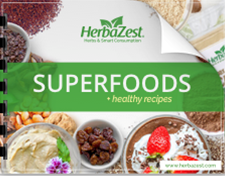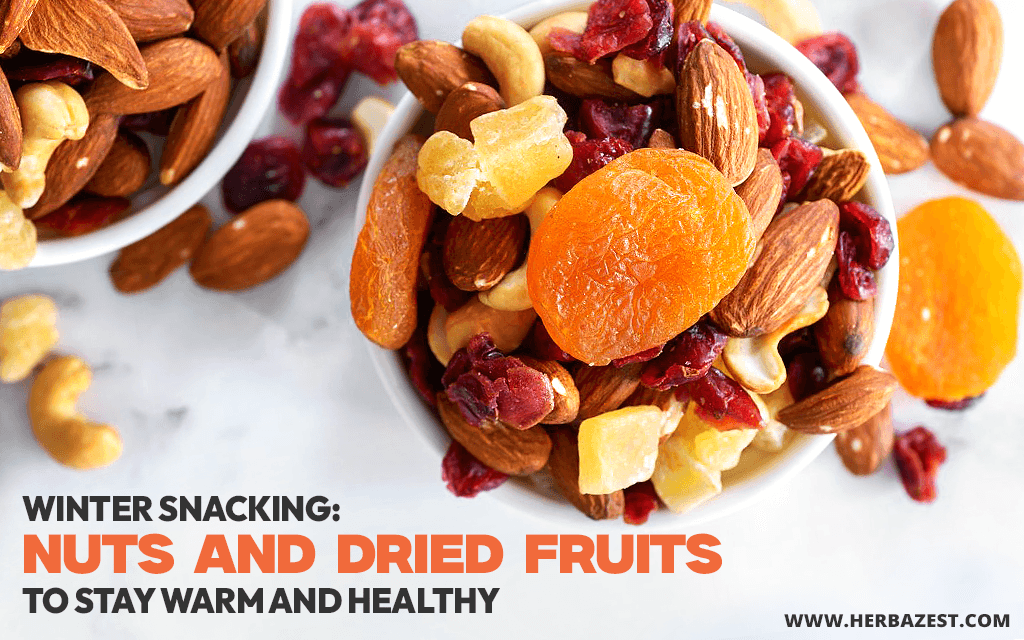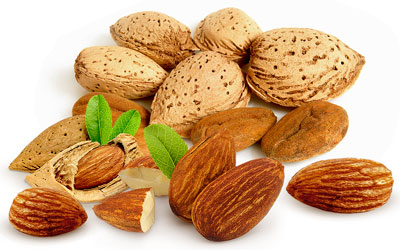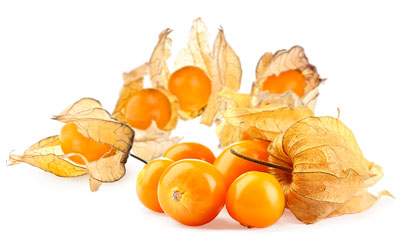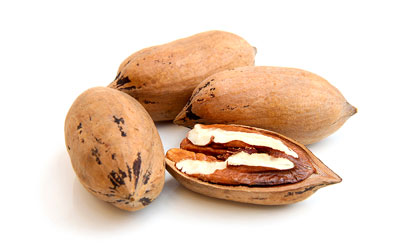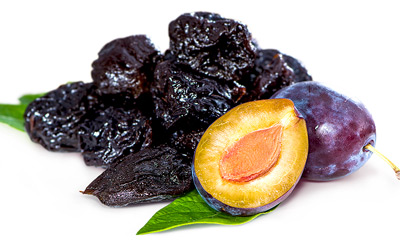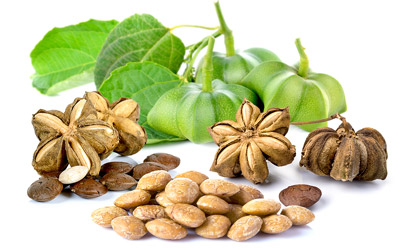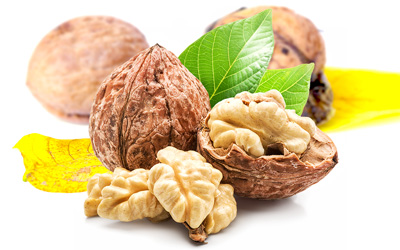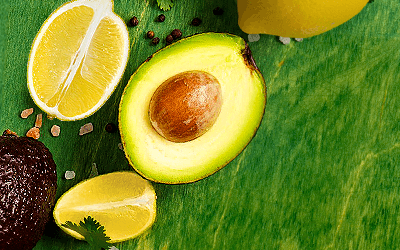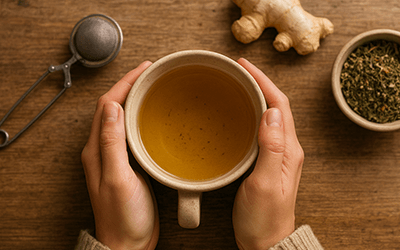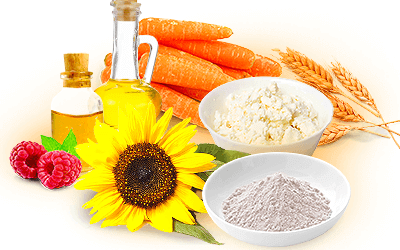Remains of nuts have been found in archaeological sites in Europe and the Near East, and documented references to dried fruits come from the Mesopotamian and Egyptian civilizations, as well as Ancient Rome.
There are many reasons why you should eat more nuts as well as dried fruits. They are excellent sources of fiber and protein, aiding digestion and maintaining steady energy levels throughout the day. Research suggests that nut consumption may prolong life due to their high content of essential fatty acids and minerals, while dried fruits are nutrient-dense and rich in antioxidant vitamins, essential for boosting the immune system during cold weather. Here are some of the best nuts and dried fruits to snack on to improve your metabolism and ward off illnesses.
1. Almonds
These nuts are a powerhouse of minerals, mainly copper, manganese, and magnesium, as well as vitamins E and B2 (riboflavin), all of which contribute to building strong bones and improving immune response. Almonds are not only low in calories but also promote cardiometabolic and gastrointestinal health.1,2 During less active months of the year, almonds' prebiotic effects can support regular bowel movements by improving gut microbiota.
2. Apricots
With a high antioxidant content, particularly beta-carotene, which converts into vitamin A in the body, dried apricots are among the best options for boosting immunity, reducing inflammation, and improving eye health during the dark, short days of winter when sunlight is scarce.
3. Brazil Nuts
Native to tropical South America, Brazil nuts are the richest natural source of selenium, an essential nutrient and a powerful antioxidant. These unique nuts are also rich in healthy fats, which are vital for overall health.
4. Dates
Contrary to popular belief, dates have a low glycemic index (GI) and are packed with dietary fiber, making them an excellent snack to replenish energy and stabilize blood glucose levels.3 Dates also serve as a great base for tarts and healthy snack bars.
5. Goldenberries
These increasingly popular South American berries are a good source of vitamins B and C, both of which are key to maintaining a healthy immune system, particularly during the cold season. With a slightly tart flavor, dried goldenberries can be enjoyed like raisins, making them a great addition to trail mixes and desserts.
6. Pecans
Rich in flavor and nutrients, pecan nuts are a popular winter snack, whether eaten on their own or mixed with other nuts and dried fruits. Pecans are high in healthy fats - mostly linoleic acid - and vitamin E, both of which act as powerful antioxidants that can help lower cholesterol. However, they are calorie-dense, and the recommended daily amount is one ounce (28.3 g), or 15 to 19 halves.
7. Pistachios
Pistachio nuts are low in carbohydrates and rich in minerals and essential fatty acids. These green nuts have a distinctive, aromatic flavor and are abundant in dietary fiber and polyphenols, which help with glycemic control, blood pressure, obesity, and inflammation.
8. Prunes
Popular for relieving constipation, prunes, or dried plums, are rich in nutrients and potent antioxidants, such as phenolic compounds, which strengthen the immune response, especially in cold weather. Their sweet and slightly tart flavor makes them easy to incorporate into your diet.
9. Walnuts
These tree nuts are particularly rich in polyphenols, which have powerful antioxidant properties and can help prevent age-related illnesses, including cardiometabolic issues.4 Walnuts have also been shown to improve mood and reduce feelings of anxiety and sadness, common during winter.5
10. Sacha Inchi
This Amazonian nut-like seed is a nutritional powerhouse, offering an impressive amount of healthy fats. Sacha inchi provides all nine essential amino acids required for muscle mass and immune support. Additionally, it is a natural source of tryptophan, which enhances mood and promotes cardiovascular health.6
There are countless creative ways to snack on nuts and dried fruits. You can incorporate them into your morning routine with recipes like a healthy sacha inchi seed granola or goldenberry amaranth flake granola. Homemade baked recipes, such as wholesome nutty bread with dried goldenberries or maca gluten-free bread, and on-the-go snacks like, quinoa oat date bars or kaniwa almond & oat bars, are excellent options to keep you energized and warm during the winter.
As the days get colder, the human body naturally craves extra calories, often sought through comfort food and hot beverages. For many, particularly older adults and cold-sensitive individuals, winter can be challenging as they strive to stay warm and fend off seasonal illnesses like viral infections. Nuts and dried fruits have been a vital source of energy and nutrition since prehistoric times, making them an essential part of a healthy diet to stay strong and warm during the coldest months.
Sources
- Food Chemistry, Bioactives and health benefits of nuts and dried fruits, 2020
- Nutrition Reviews, Does the evidence support a relationship between higher levels of nut consumption, lower risk of depression, and better mood state in the general population? A systematic review, 2022
- Nutrition Journal, Pairing nuts and dried fruit for cardiometabolic health, 2016
Footnotes
- Complementary Therapies in Medicine. (2019). Almond oil for patients with hyperlipidemia: A randomized open-label controlled clinical trial. Retrieved May 11, 2024, from https://www.sciencedirect.com/science/article/abs/pii/S0965229918304205
- Nutrition Research. (2021). Almond consumption affects fecal microbiota composition, stool pH and stool moisture in overweight and obese adults with elevates fasting blood glucose: a randomized controlled trial. Retrieved May 11, 2024, from https://www.sciencedirect.com/science/article/abs/pii/S0271531720305704
- Diabetes & Metabolic Syndrome: Clinical Research & Reviews. (2023). Effect of dates on blood glucose and other metabolic variables: A narrative review. Retrieved January 07, 2025, from https://www.sciencedirect.com/science/article/pii/S1871402123000012
- Diabetes Care. (2010). Effects of Walnut Consumption on Endothelial Function in Type 2 Diabetic Subjects. Retrieved January 20, 2025, from: https://pubmed.ncbi.nlm.nih.gov/19880586/
- Nutrients. (2016). Effects of Walnut Consumption on Mood in Young Adults—A Randomized Controlled Trial. Retrieved January 20, 2025, from: https://pmc.ncbi.nlm.nih.gov/articles/PMC5133056/
- Toxicology Mechanisms and Methods.(2018). Nitrogen balance after a single oral consumption of Sacha Inchi (Plukenetia volúbilis L) protein compared to soy protein. A randomized study in humans. Retrieved January 20, 2025, from: https://pmc.ncbi.nlm.nih.gov/articles/PMC5955778/
